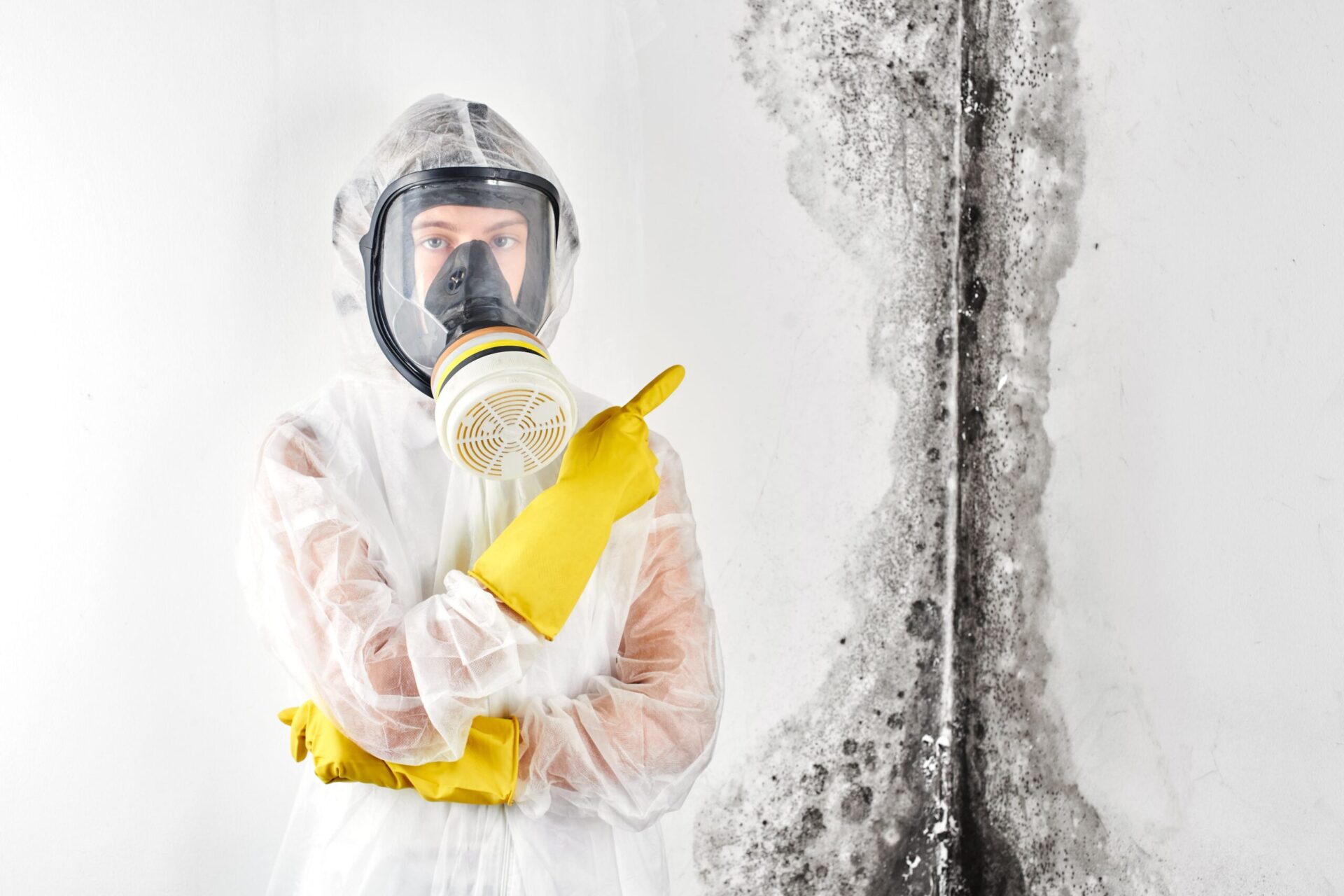Mould can be more than just an aesthetic issue—it poses serious health risks and structural damage if left untreated. Whether you’re dealing with a minor infestation or a widespread problem, professional mould removal and mould cleaning services are essential to restore a safe and healthy environment. This guide delves into the best techniques and practices for effectively removing mould while preventing its recurrence.

Understanding Mould Growth
Mould thrives in damp, humid environments and can grow on various surfaces, including walls, ceilings, floors, and fabrics. Common causes of mould growth include:
- Water Damage: Leaks, flooding, or condensation create ideal conditions for mould.
- Poor Ventilation: Stagnant air allows moisture to accumulate, fostering mould growth.
- High Humidity: Humidity levels above 60% can accelerate mould development.
Identifying the root cause of mould is the first step in any mould removal process.
Why Professional Mould Removal Matters
While DIY solutions may offer temporary relief, they rarely address the underlying issues. Here are some reasons why professional mould removal and mould cleaning services are indispensable:
- Thorough Assessment: Professionals conduct detailed inspections to identify all affected areas.
- Advanced Equipment: Specialized tools like HEPA vacuums and air scrubbers ensure effective mould remediation.
- Health Protection: Trained experts use protective gear and safe methods to prevent exposure to harmful mould spores.
- Long-Term Solutions: Professionals address the root causes, ensuring mould doesn’t return.
Techniques for Professional Mould Removal
1. Inspection and Assessment
A comprehensive inspection is the cornerstone of effective mould removal. Professionals:
- Use moisture meters and infrared cameras to detect hidden mould.
- Identify the type of mould, as some strains (like black mould) require specialized treatment.
2. Containment
To prevent mould spores from spreading, professionals seal off affected areas using plastic sheeting and negative air pressure. This step is crucial in protecting other parts of the property.
3. Mould Removal Methods
a. Surface Cleaning
Mould on non-porous surfaces like tiles and glass can be cleaned using antimicrobial solutions. However, porous materials like drywall and fabric may need to be replaced.
b. HEPA Vacuuming
HEPA vacuums capture mould spores and prevent them from becoming airborne, ensuring thorough cleaning.
c. Dry Ice Blasting
This advanced technique uses dry ice pellets to remove mould from surfaces without causing damage. It’s ideal for large areas or delicate materials.
d. Fogging
Fogging machines disperse antimicrobial agents into the air, treating hard-to-reach areas and neutralizing airborne spores.
4. Repair and Restoration
Once the mould is removed, professionals repair any damage caused by mould or water. This step includes:
- Replacing drywall
- Repainting
- Installing new insulation
5. Prevention Strategies
Professionals often provide recommendations to prevent future mould growth, such as:
- Installing dehumidifiers
- Improving ventilation
- Sealing leaks
DIY vs. Professional Mould Removal
While small mould patches can be tackled with DIY methods, professional mould removal offers significant advantages for larger or persistent infestations. Here’s a comparison:
| Aspect | DIY Approach | Professional Services |
|---|---|---|
| Effectiveness | Limited to surface cleaning | Comprehensive, long-lasting |
| Safety | Higher risk of spore exposure | Protective gear minimizes risk |
| Equipment | Basic tools and cleaners | Advanced technology and solutions |
| Cost | Low initial cost but recurring | Higher upfront, long-term savings |
Health Risks of Mould Exposure
Mould exposure can lead to various health issues, particularly for individuals with allergies, asthma, or compromised immune systems. Symptoms include:
- Respiratory problems
- Skin irritation
- Headaches
- Sinus congestion
For these reasons, timely and effective mould removal is crucial.
Choosing the Right Mould Cleaning Services
Selecting a reliable mould removal company is critical to ensuring a successful outcome. Here are some tips:
- Check Credentials: Ensure the company is licensed and certified in mould remediation.
- Read Reviews: Customer feedback can provide insights into the quality of service.
- Request a Quote: Get detailed estimates to understand the scope and cost of the project.
- Ask About Guarantees: Some companies offer warranties for their services.
Case Study: Successful Mould Removal
A homeowner in Cairns faced a severe mould infestation due to a leaking roof. Despite repeated cleaning attempts, the mould kept returning. After hiring a professional mould removal service, the team:
- Conducted a thorough inspection
- Sealed off affected areas
- Removed mould using HEPA vacuums and fogging
- Repaired water damage and improved ventilation
The result was a mould-free home with no recurrence, highlighting the importance of professional intervention.
Conclusion
Professional mould removal and mould cleaning services are indispensable for maintaining a safe, healthy environment. By understanding the techniques and best practices outlined in this guide, homeowners and property managers can make informed decisions and ensure effective mould remediation.
